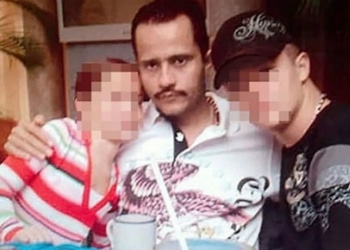Studies of L.G.B.T.Q. people show they have high rates of suicidal thoughts and suicide attempts, factors that greatly increase the risk of suicide. But because most death investigators do not collect data on sexuality or gender identity, no one knows how many gay and transgender people die by suicide each year in the United States. The information vacuum makes it difficult for tailor suicide prevention efforts to meet the needs of the people most at risk, and to measure how well the programs work, researchers said.
The absence of data is especially unfortunate now, they said, when assumptions about suicide rates among L.G.B.T.Q. groups are frequently thrust into high-stakes political debates. Some L.G.B.T.Q. Advocates have warned that bans on gender-affirming care for transgender minors will lead to more suicides, for example, while some Republican lawmakers have claimed that deaths by suicide are rare.
Utah, which like many mountain states has a high rate of suicide mortality, has been at the forefront of efforts to collect such data since 2017, when its State Legislature passed a law mandating detailed investigations of suicides.
The lawyers were “frustrated with being asked to respond to the suicide crisis in our state with a blindfold on,” said Michael Staley, a sociologist who was hired to lead the data-collection effort in the Utah medical examiner’s office. “It’s a five-alarm fire.”
In the months after investigators like Ms. Russo show up at the scene of a death, Dr. Staley’s team of six people conducts “psychological autopsies,” contacting family members of everyone in the state who dies by suicide or drug overdose for detailed information about the lives of the deceased. Such data — which includes information on sexual relationships and gender, as well as housing, mental health, drug problems and social media use — can be used to help understand the complex array of factors that contribute to people’s decisions to end their lives, Dr. Staley said.
He plans to release a report later this year describing interviews with the families of those who died by suicide in Utah over the last five years.
For children and adolescents who die by suicide, the team interviews not just parents and guardians, but also several close friends. In some cases, Dr. Staley recalled, friends knew about the deceased’s struggles with sexuality, gender or drug use that the parents did not.
These conversations can be exceedingly difficult. John Blosnich, head of a research initiative called the L.G.B.T. Mortality Project at the University of Southern California, has done ride-alongs to observe and train death investigators on the importance of collecting data on gender and sexuality. His training from him also helps investigators navigate distress or stigma about the questions from the deceased’s friends and relatives. “They’re talking with families who are in shock, who are infuriated, who at times are catatonic because of their loss,” Dr. Blosnich said.








